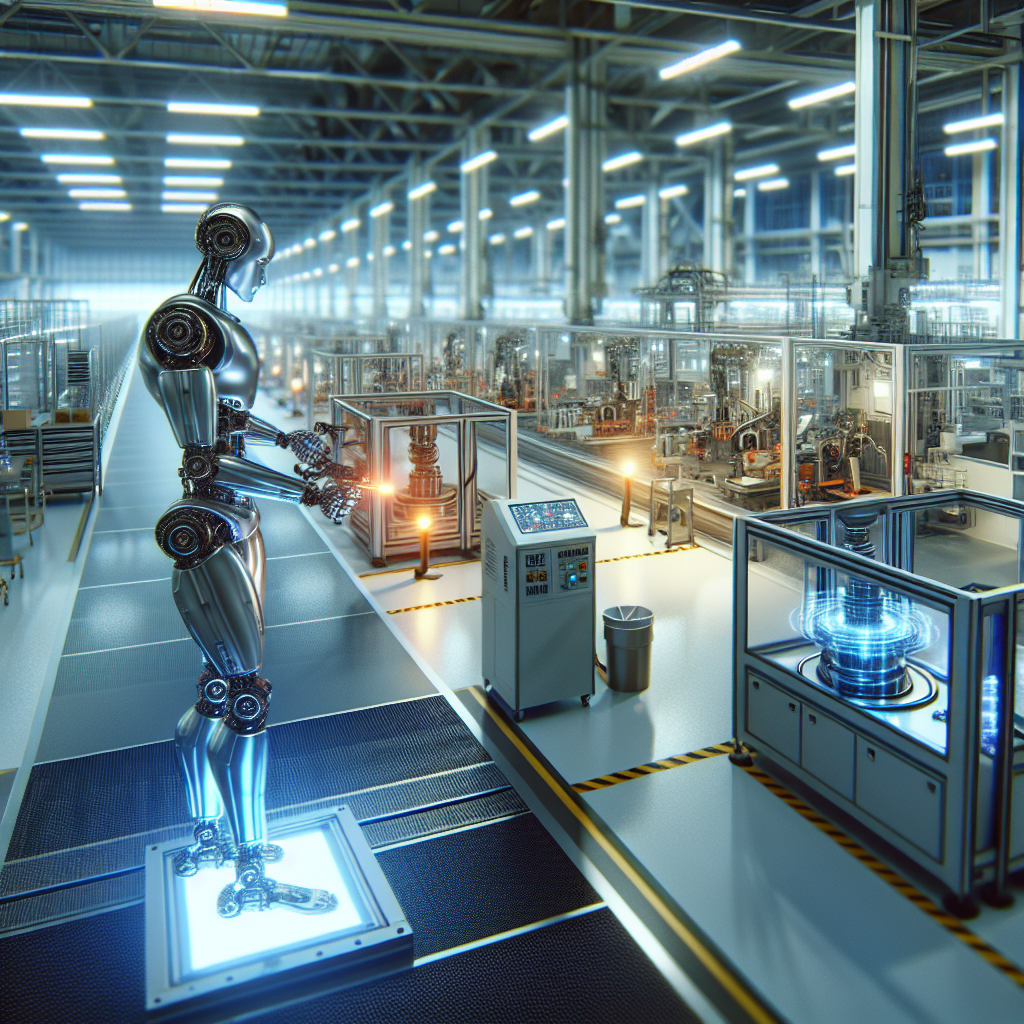
We stand at the precipice of a groundbreaking opening as we delve deep into the adaptive background of the future of technology: bio-inspired strategies. Much like the nature-inspired designs that have revolutionized aircraft with the study of birds, we now teeter on the edge of another evolution, the 5G revolution.
But every promising venture is marked by weaknesses challenging its progress. The primary hurdle faced by most industries is the creation of a balance between energy efficiency and service speed. To break free from this underlying dichotomy, we initially streamlined our strategy, turning our gaze towards bio-inspired strategies.
The implementation dichotomy was solved ingeniously by mimicking the communication methods of social insects like ants, bees, and termites. Fascinatingly, they possess networks with the potential to outperform human-made ones, leading to a radical overhaul of our system design strategy.

However, the pathway wasn’t devoid of paradoxical obstacles. The biomass of insects is vast, making their communication model challenging to mimic at a granular level. The breakthrough agility came in recognizing that we didn’t have to replicate the complete trope. Instead, we tailored the approach by modeling the most efficient attributes of their system, thereby overcoming the complexities.
Stepping into the future, we stand to learn invaluable lessons from this technology. The chief takeaway is the merit in stepping away from our egocentric designs, instead adopting a more eco-centric approach that draws inspiration from natural systems that have undergone millions of years of evolutionary fine-tuning.
So, how can we craft best resonance practices from this case study? It’s simple. We need to remain open to interdisciplinary approaches, encourage disruptive thinking, and embrace organic models that effortlessly balance efficiency and robustness.
So, can this success be replicated non-linearly in other sectors? Absolutely! The principle of using efficient, resilient biological systems as models can be scaled up or down, its principles applied across industries ranging from construction to computing.
As we weave the threads together in conclusion, the synchronicity insights that emerge are profound. The state-of-the-art horizon in technology is not a Herculean tower built solely by human ingenuity. It’s a cooperative endeavor, a dance of synergy between our creativity and the genius of Mother Nature herself.








